One of Okinawa's most common traditional dishes is Goya Chanpuru. Although this dish is "traditional" that doesn't mean it is hard to make, in fact it's super simple.
What You'll Need:
- Goya (Also known in the US as bitter melon)
- Eggs
- Tofu
- Pork (This can be any type of pork you would like although it should be very thinly sliced and not too lean.)
- Soy Sauce
What's not necessary but I recommend:
- Shredded Carrots
- Sake (A dash of this will possibly make your chanpuru sauce taste more like the packaged stuff I get.)
IMPORTANT NOTE: The amount of ingredients you use in this dish is not important. Some people like more eggs than tofu or more tofu than eggs. You can add a lot of pork or just a little. Either way it's up to you. The one thing I will note, however, is that the soy sauce should only be minimal. You should barely be able to taste it.
STEP 1: Prepare the Goya
After washing the goya cut it in half length wise. As you can see in the photo I prefer to cut off the tapered ends first as it makes the goya easier to work with.
STEP 2: Remove the Inside
Once you have cut your goya in half it's time to remove the spongy white insides. The best way to do this is to use a spoon. Your goal is to remove as much of the white spongy stuff you can. The more you remove, the less bitter the goya will be.
STEP 3: Slice and Soak the Goya
Although it might seem simple this is the most important step in order to ensure that you have a good chanpuru experience. The goya should be sliced into U shapes. Your goal should be to slice them as thinly as possible. This time I used a slicer which gave me very nice thin slices quickly. If you choose not to use a slicer ensure that your slices are as thin as possible. The thinner they are the quicker the goya cooks and therefore you will precent having crunchy goya pieces when you're eating. The thin pieces of goya will also make this dish easier to eat for those who have not tried it before. Once you have sliced the goya you're going to want to soak it. The soaking will allow the goya to lose some of it's bitterness. I choose to soak and drain my goya multiple times until the water drains clear where as others choose to soak their goya with some salt.
STEP 4: Start to Fry
Once everything is sliced and diced it's time to head over to the frying pan. The first thing for you to put into the frying pan is your pork. As I mentioned above thinly sliced pork which is not too lean is the best because it offers more flavor to the dish, it can be broken apart easily and not too chewy.
DID YOU KNOW: Pork is a very important part of the Okinawan Diet?
Once the pork is about 90% cooked it's time to put in the goya.
It's important to ensure that the goya is completely drained so that you do not have any unnecessary fluids in your chanpuru. Toss the goya around until it starts to become cooked. Much like other veggies goya will cook down and lose some of it's color once it's been fully cooked.
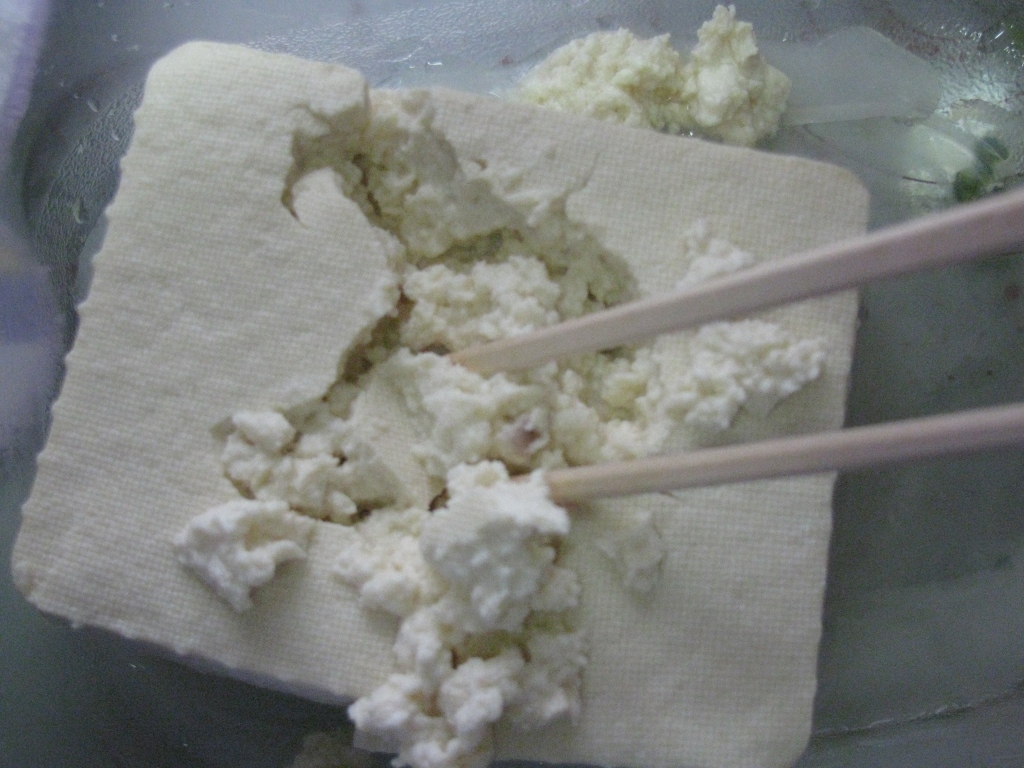
The next step is to add in your tofu. There are many types of tofu that you can put in your chanpuru. Usually I put in fresh local tofu but because this one was on sale for 88yen I got this one today.
You can cube your tofu or make it the consistency of scrambled eggs. I like when it is the way that the tofu distributes throughout the dish when it is the consistency of scrambled eggs so I use hashi to mix it up a bit.
Once it's mixed around in the pan you can see how the tofu evenly disperses throughout. At this time you're also going to want to add in the sauce. I had packets of sauce that I get from my local grocery store, however, you can use sake (or coking sake) and soy sauce.
Finally we add in the eggs. Just go ahead and put them in there and mix them around. Once it's mixed around and the yolks have been broken down cover the dish and let simmer for a short time until the eggs become firm.
Now officially you're done, but there are many other restaurants that will add in some carrots so I have some carrots which I picked up from the store already shredded which I add in just before the dish is done cooking.
Now that the carrots are cooked that's it, you're done. For me the next step is putting the food into containers and into the fridge. It will keep for a couple of days so it's a good meal to make and then pack for lunch. When it comes to the taste the dish is yummy and natural tasting BUT not for everyone. The goya is bitter, like eating the rind of a watermelon almost but the mix of flavors makes it really good. Goya is also a very healthy food which is a main part of the diet here in Okinawa especially during the summer. Some people even grow it in their own yards.
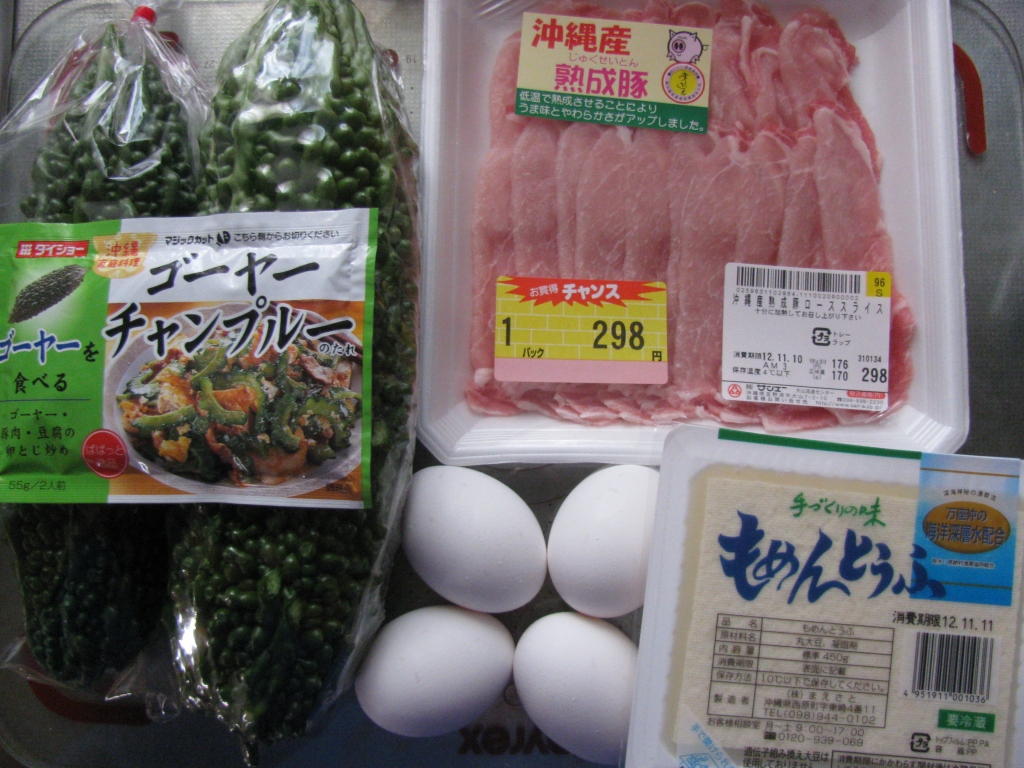
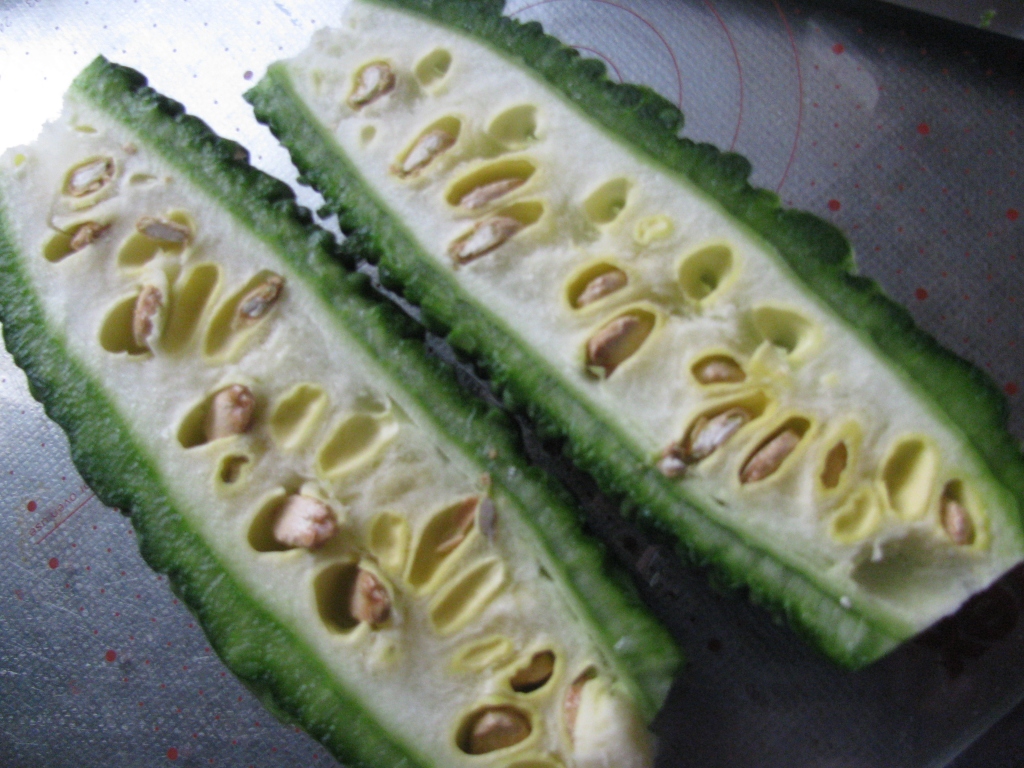
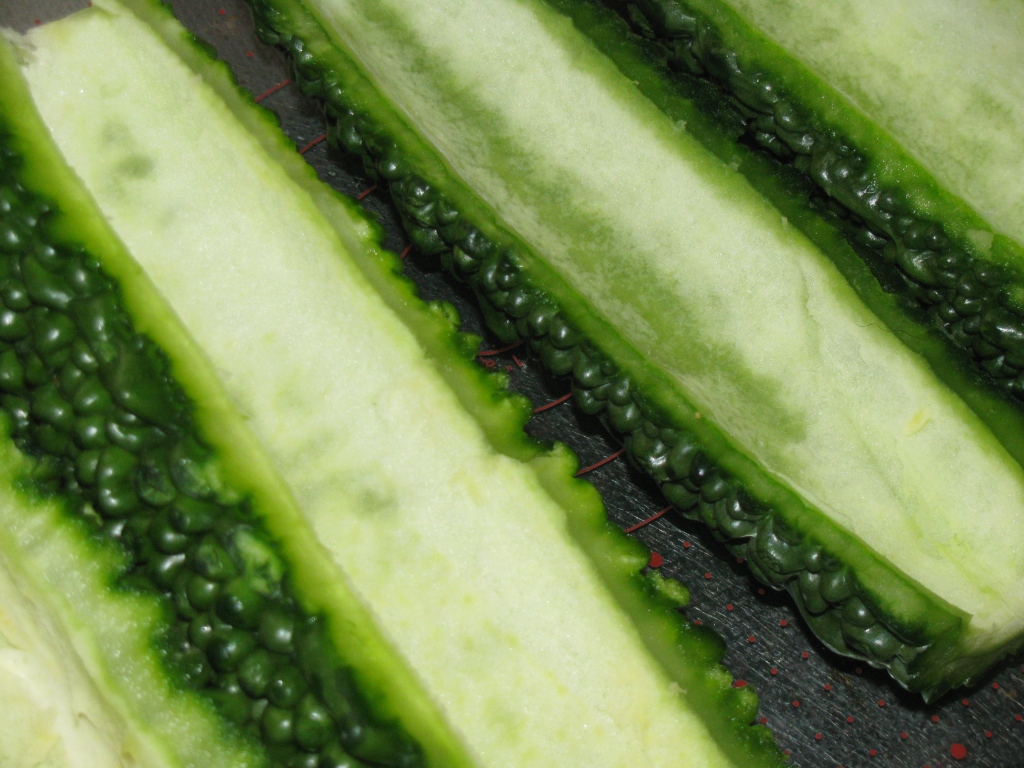
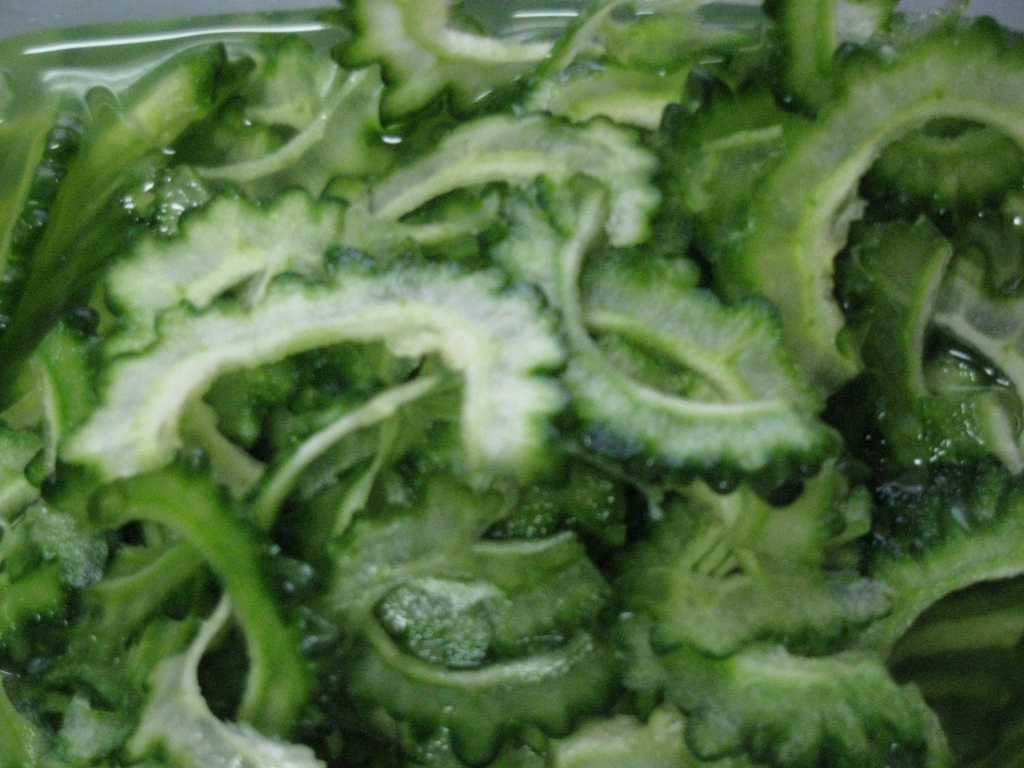
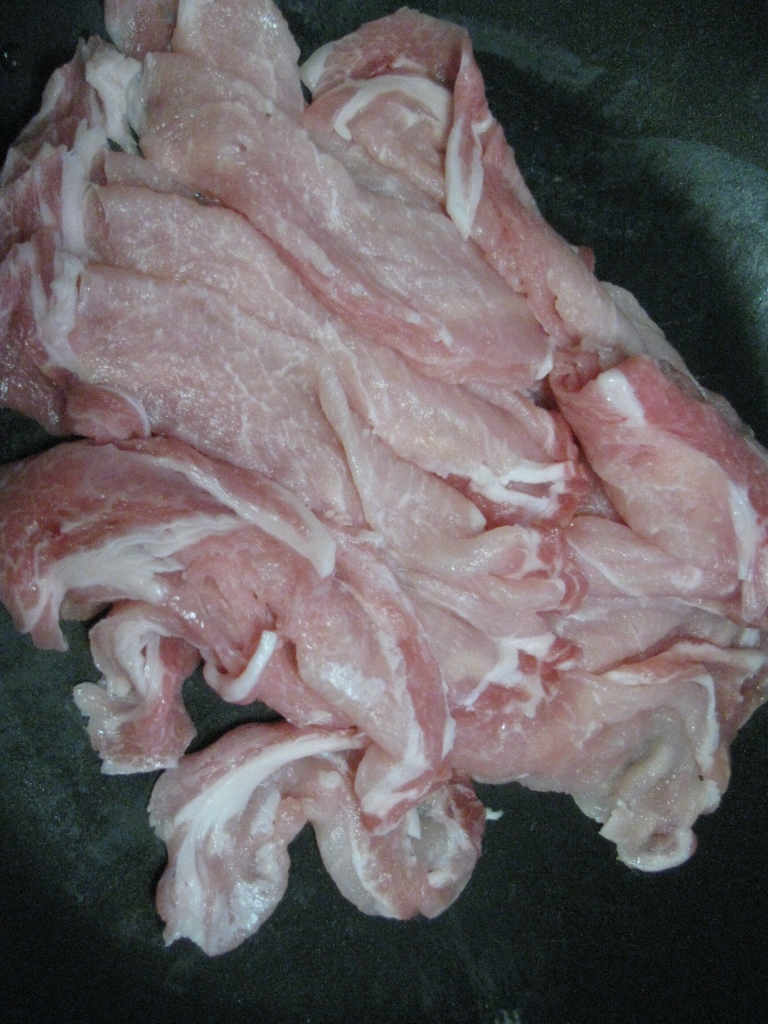
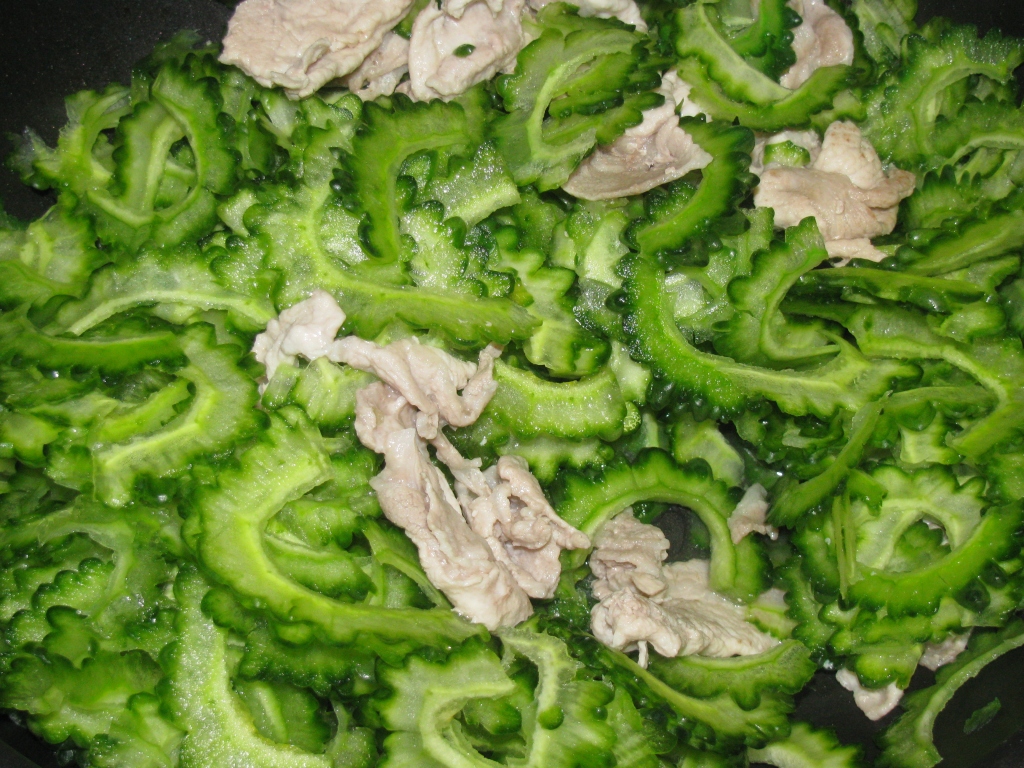
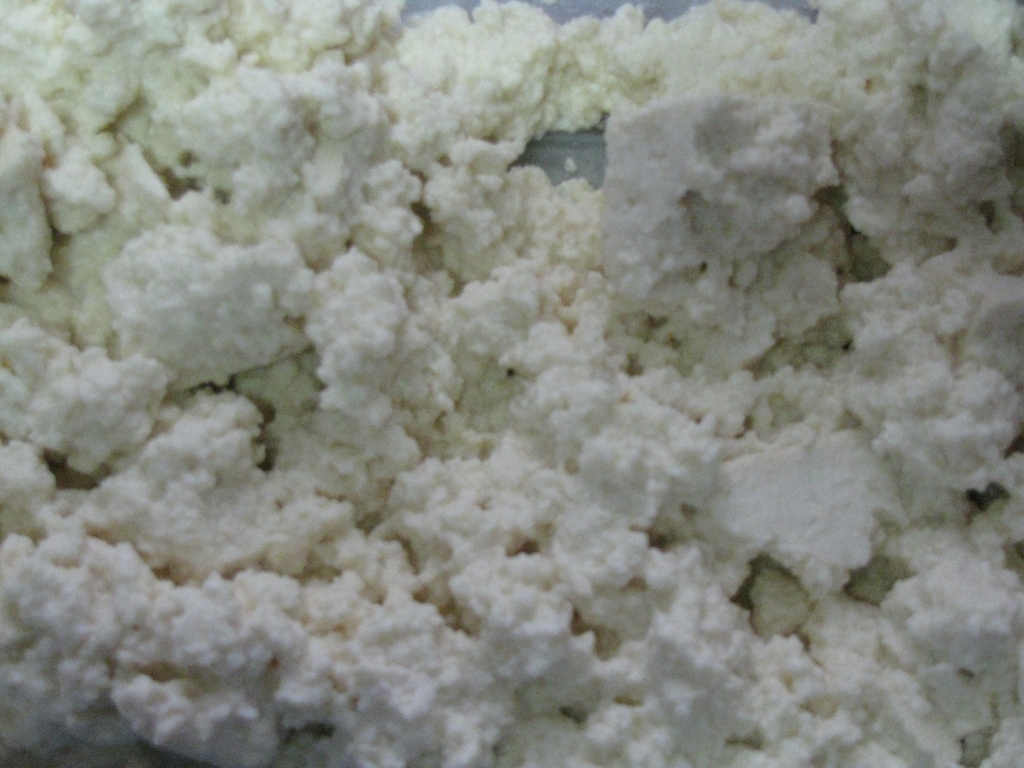
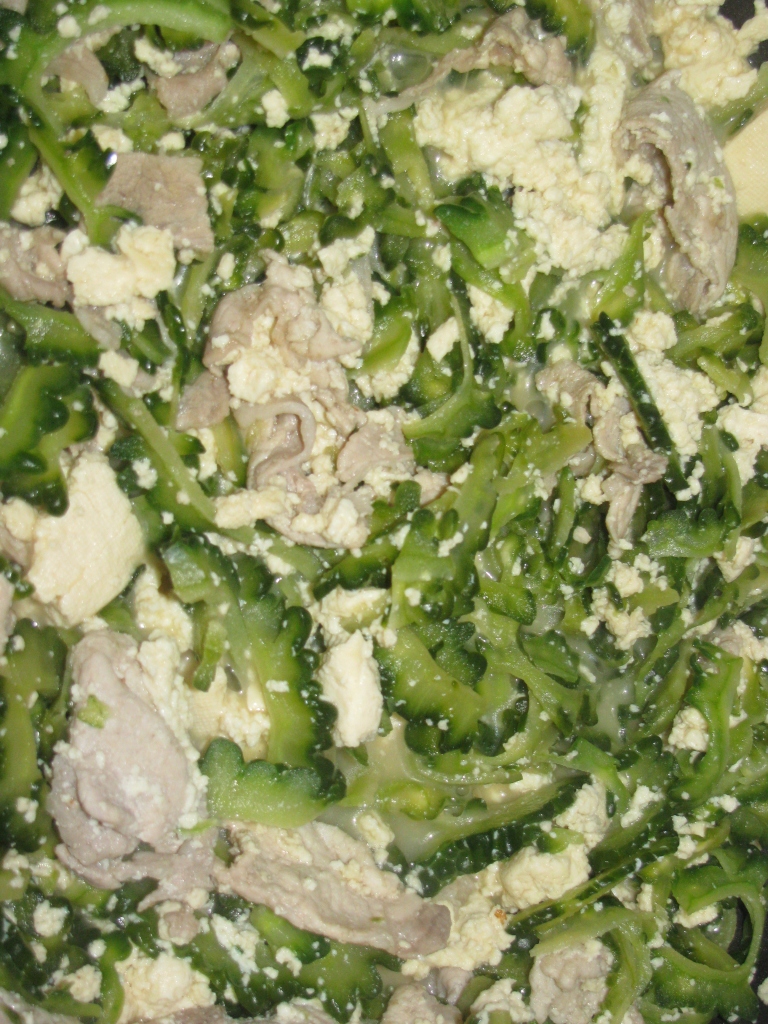
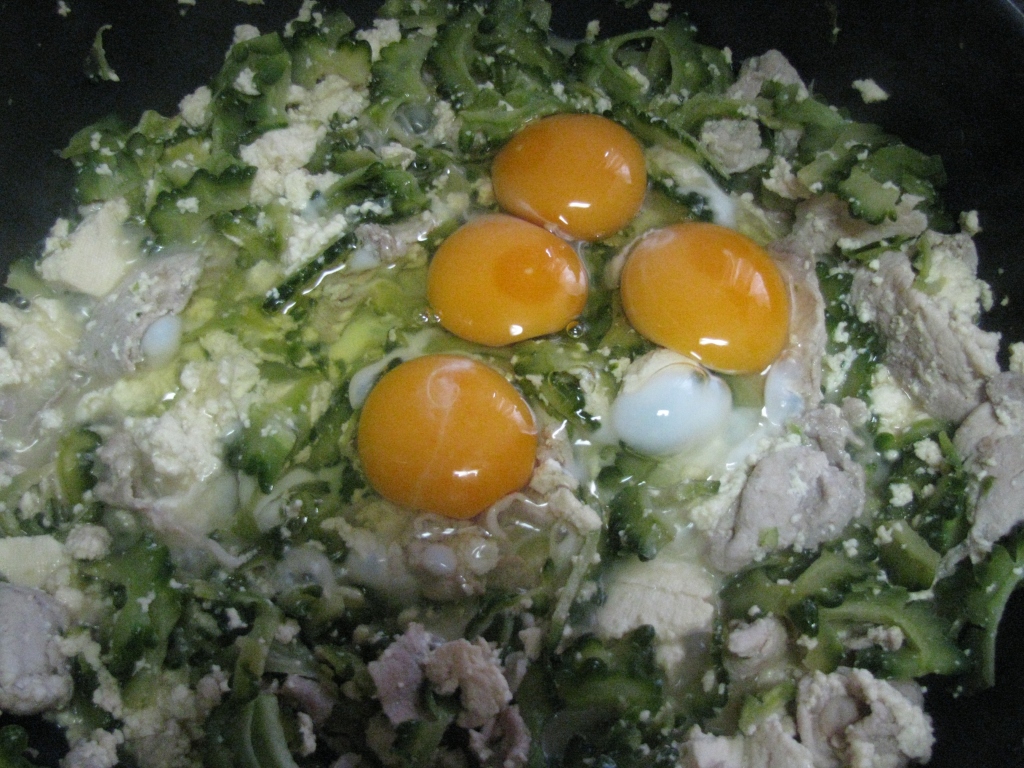
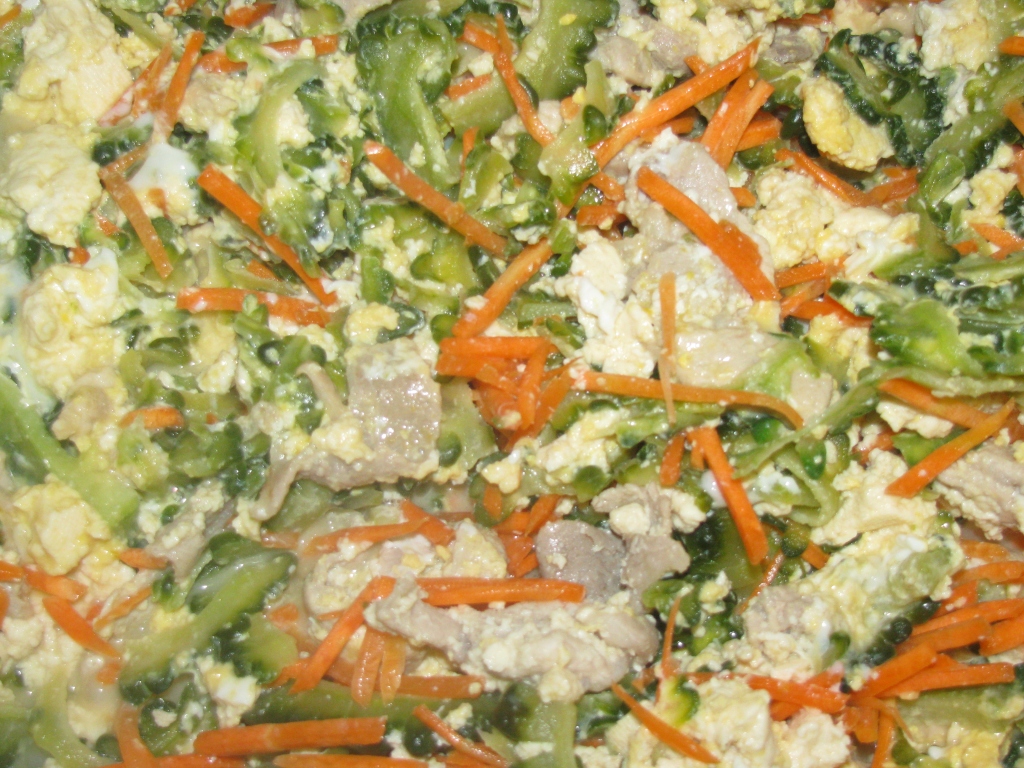
No comments:
Post a Comment